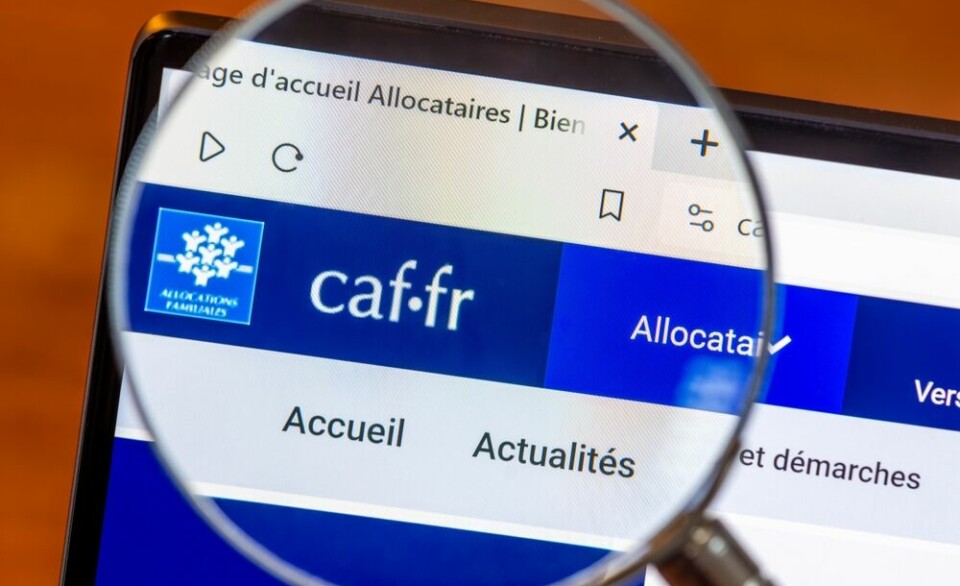Alert over mushroom picking in France after death and poisonings
Several poisonous mushrooms can easily be mistaken for safe varieties, experts warn
People are warned not to eat wild mushrooms unless you are 100% certain that they are safe, and have had them checked by an expert
Koldunov/Shutterstock
A French health authority has issued a new alert to mushroom pickers after one person in the region died and several others were poisoned after eating poisonous varieties.
The Agence régionale de santé (ARS) Auvergne-Rhône-Alpes said it had been moved to issue the alert after “reports of several serious cases by the team at the anti poison centre in Lyon, since the start of October”.
This comes after the same ARS stated it had received 150 reports of mushroom poisoning, including one death, between August 1 and October 17. This is similar to reports in neighbouring region Nouvelle-Aquitaine, where its ARS said it had received 200 reports, including one death, in the same time frame.
Nationwide, the Agence nationale de sécurité sanitaire (Anses) said that it had received more than 400 reports of poisonings by the start of October.
Read also: Alert over wild mushrooms in France: 400 cases of intoxication since July
Identification errors
The Lyon anti poison control centre said it had noted “behavioural problems, digestive problems and kidney failure, which can become chronic and require dialysis or a transplant” in patients as a result of eating the wrong mushrooms.
Nathalie Paret, a doctor at the centre, said that several species of mushroom are potentially responsible.
These include the “amanita phalloides (amanite phalloïde, death cap) or a few other amanites; certain lepiotas such as the Lépiote de Josserand (Lepiota subincarnata, Fatal Dapperling) or the Lepiote brun rose (Lepiota brunneoincarnata, Deadly Dapperling), or the Galère marginée (Galerina marginata, or deadly skullcap)”, she told newspaper Le Progrès.
“All can be mistaken for edible specimens,” she said.
Mushroom poisonings are usually due to “identification errors”, said Dr Magali Labadie, head of the poison control department at Bordeaux hospital, to France Bleu Gironde.
“[Those that appear similar] to edible mushrooms can cause severe poisoning, particularly hepatotoxicity [toxicity of the liver].”
She said that “the use of mobile applications to identify mushrooms is not recommended” as it has “an error rate of 50%”.
How can I check that a mushroom is safe to eat?
Only eat a mushroom if you are 100% certain that it is safe. Do not rely on smartphone apps.
If in doubt, you can take your harvest to your nearest pharmacy with a mushroom expert, who can help you to identify if a certain plant is safe.
Read also: Can French pharmacists advise on edible/poisonous mushrooms?
Anses also has the following advice for pickers:
Use a wicker basket, crate or cardboard box to store your mushrooms. Never use plastic bags, as they speed up decay.
Choose a picking site far from polluted areas: roadsides, industrial areas, landfill sites, pastures, as mushrooms absorb the pollutants to which they are exposed
Only pick mushrooms you know very well. Some highly poisonous mushrooms look very similar to edible species.
Be aware that poisonous mushrooms can grow where you picked edible mushrooms another year.
if you have the slightest doubt, do not eat anything until the plant has been checked by a pharmacist or a mycological association
Avoid picking young specimens that have not finished forming, which encourages confusion, and old specimens that risk being damaged or colonised by worms or insects.
Wash your hands thoroughly after picking
Take photos of your harvest before cooking, as this will be useful in the event of poisoning, when deciding on the appropriate treatment
Store mushrooms in a refrigerator (max. 4°C), avoiding contact with other foods, and eat them within two days of picking
Never eat mushrooms raw, and cook each species separately and thoroughly: 20 to 30 minutes in a frying pan or 15 minutes in boiling water, discarding the cooking water. This destroys parasites and bacteria, and makes some species edible (shiitake, morels, some boletus);
Only eat mushrooms in reasonable quantities, e.g. a maximum of 150 to 200 grams per adult per week
Never give picked mushrooms to young children, the elderly, or pregnant women, as there is a high risk of dehydration, death, and certain bacteria or parasites such as toxoplasmosis
Do not eat any mushrooms identified using a mushroom recognition application on a smartphone, as there is a high risk of error.
Do not eat mushrooms sold by non-professionals.
What if I feel unwell after eating wild mushrooms?
Mushroom poisoning is an emergency, so if you suspect poisoning, you must act fast. ARS Auvergne-Rhône-Alpes recommends that in such cases you must:
Immediately contact your local poison control centre
Call the emergency number 15, indicating that you have consumed mushrooms
In 2023, more than 1,400 cases of mushroom poisoning were reported to anti poison centres between July 1 and December 31. Most of these cases occurred in November, which is unusual, as October is usually the month most affected.
Read also: Warning as 600 poisonings from wild mushrooms in France since July





























